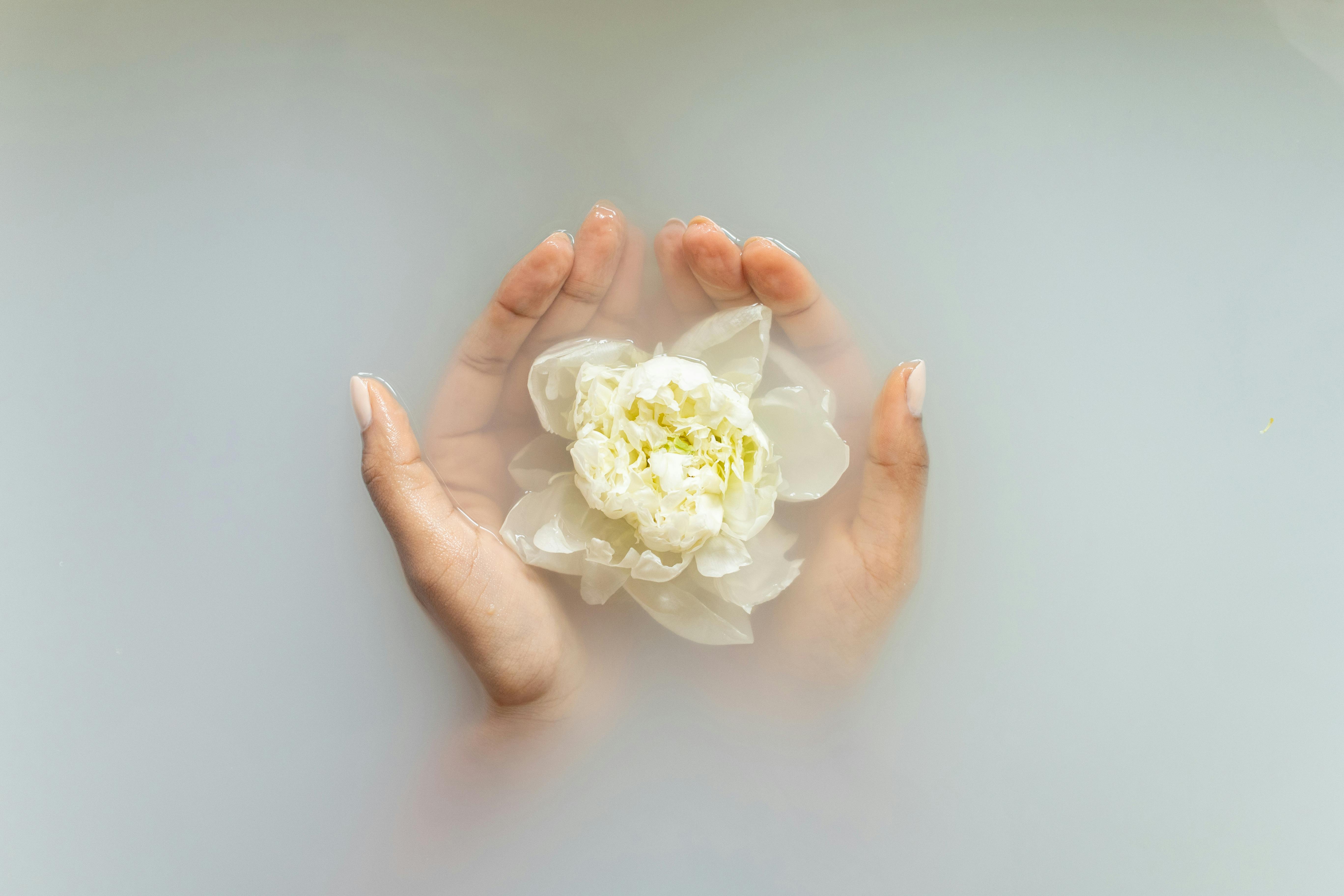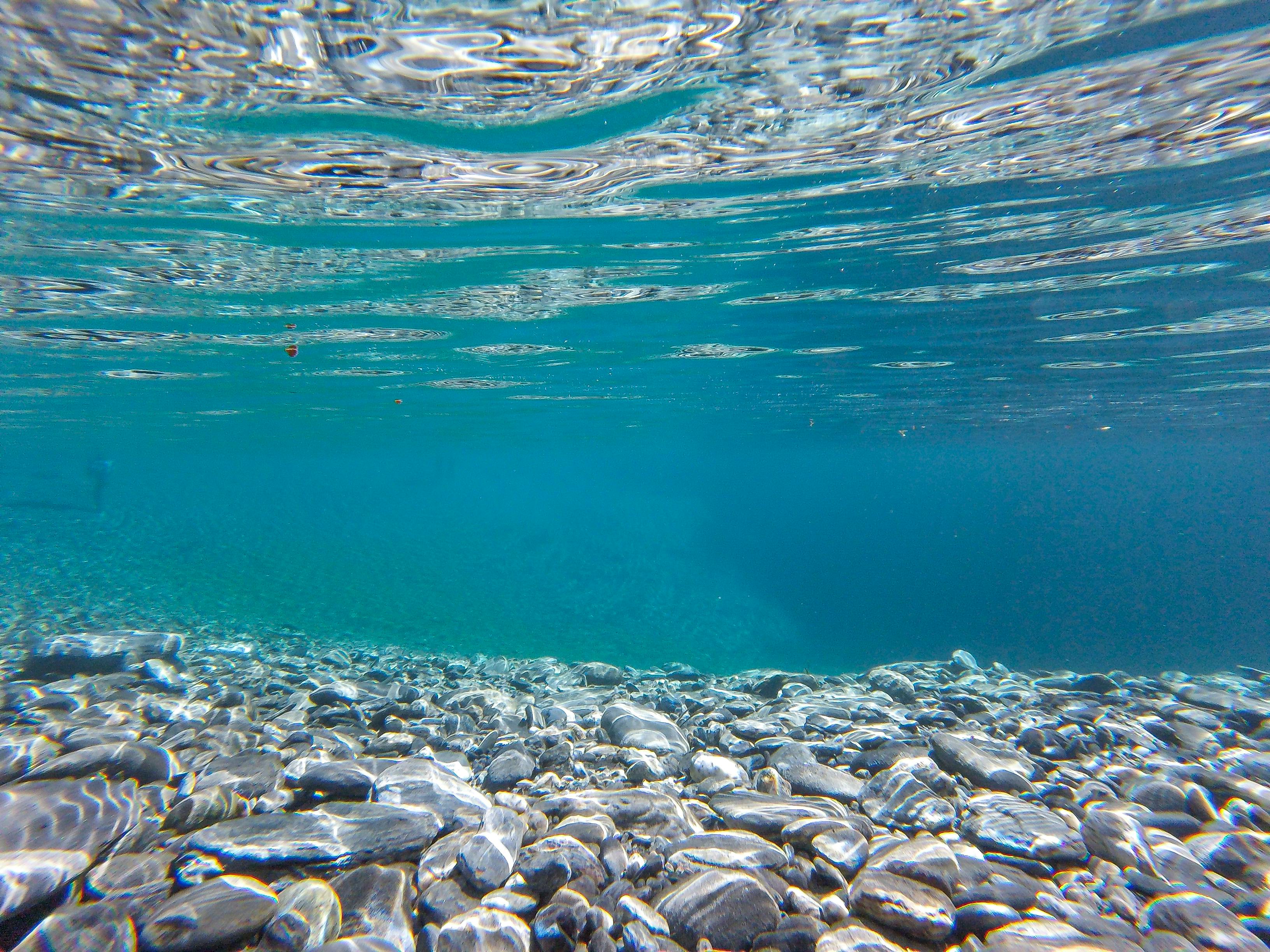Benefits of Drinking Pure Distilled Water
Drinking pure distilled water can have a number of health benefits. Distilled water is free from contaminants such as bacteria, parasites, and chemicals that are found in source water. This makes it much healthier to drink than regular tap water, which can contain trace amounts of these impurities. In addition to being healthier, distilled water has other advantages over tap water as well. It is also free of minerals that can cause a variety of health problems when ingested in large quantities.Distilled water also improves the taste of beverages and other food items that are cooked with it. Many people prefer the taste of distilled water compared to regular tap water because it is free from the odors and flavors that come from chemicals and other impurities found in source waters. Additionally, distilled water does not irritate the digestive system like some other types of drinking waters do, making it easier to digest and absorb nutrients from food.
Finally, drinking pure distilled water can improve your skin health. Since it does not contain any contaminants or minerals that can clog pores or cause irritation, using distilled water for showering or washing your
Is Distilled Water Safe to Drink?
Distilled water is a type of purified water that has gone through the distillation process, which removes impurities and contaminants. Many people believe that distilled water is the purest form of water available. It is safe to drink, although it doesn’t have any minerals or other nutrients that are found in other types of drinking water. Additionally, some people believe that distilled water has a flat taste compared to other types of drinking water.The process of distillation involves boiling the source water and then collecting the steam produced from the boiling process. The steam is then condensed back into liquid form and collected as distilled water. This process removes any impurities that may be present in the source water such as chlorine, heavy metals, and other chemicals. Distilled water also often has a lower mineral content than regular drinking water since minerals are typically left behind when heated during distillation. Although distilled water is generally considered safe to drink, some people may experience adverse effects when consuming large amounts of this type of purified water over time. The lack of minerals in distilled water can lead to mineral deficiencies if consumed regularly for an extended period without proper supplementationHow is Pure Distilled Water Produced?
Distilled water is pure water that has been purified through a distillation process. This process involves boiling the water and then condensing the steam back into liquid form. The condensation helps to remove impurities from the water, such as minerals, chemicals, and other contaminants. The result is pure, distilled water that can be used for drinking or other purposes.Distillation is one of the oldest methods of purifying water and it has been used for centuries. In modern times, there are several different types of distillation systems available. These range from simple countertop units to large industrial systems that use advanced filtration technology to remove all impurities from the water.When using a countertop distiller, you simply fill the unit with tap water and start the distillation process. As the water boils, it creates steam which rises to a condenser unit on top of the distiller. The condenser cools down the steam and converts it back into liquid form. This liquid is then collected in a separate container where it can be used as pure distilled water.Industrial-sized distillerDifferent Types of Purified Water
There are several different types of purified water, each with its own unique properties. Distilled water is the most common type of purified water and is produced by boiling or evaporating water to remove impurities. Reverse osmosis water is a type of purified water that is created by passing the water through a membrane to remove contaminants. Deionized water is another type of purified water that uses an ion exchange process to remove dissolved ions from the water. Ozonated water is a type of purified water that has been treated with ozone in order to kill bacteria and other microorganisms. Ultraviolet (UV) light purification is also used to disinfect and filter out certain particles from drinking water. Finally, carbon filters can be used to filter out chlorine, lead, and other impurities from tap or well-water.Each type of purified water has its own benefits and drawbacks. Distilled water does not contain any minerals or nutrients, so it does not provide any health benefits. Reverse osmosis can remove 99% of contaminants from the drinking supply but can also strip out beneficial minerals such as calcium and magnesium. Deion

Is Zero Water Considered Pure Distilled Water?
Zero water explained reveals that while it is a highly purified option, it is not technically distilled water. Zero Water utilizes a unique filtration system that removes impurities, but it may still contain trace minerals. Distilled water, on the other hand, involves boiling water and collecting the vapor, ensuring complete purity.
Distilled Water vs Purified Water
Distilled water and purified water are two types of water that are often confused as being the same. The process of making them both involves removing impurities from the water, but they differ in the methods used to do so. Distilled water is made through a process of boiling and condensing, while purified water is filtered or processed through a reverse osmosis system.The primary difference between distilled and purified water is that distilled water has had all minerals and contaminants removed, while purified water still contains some minerals. Distilled water has no taste or smell, while purified water can have a slight odor or taste due to the minerals that remain in it.Another difference between distilled and purified water is the cost. Distilled water tends to be more expensive than purified water because it requires more energy to produce. In addition, distilled water must be stored in containers made of glass or plastic since it can react with certain metals like copper and lead, which can leach into the drinking supply. Purified water does not need to be stored in special containers as it does not react with metals like distilled does.Finally, itBoiling Water vs Distilled Water
No, boiling water is not the same as distilled water. Boiling water is simply water that has been heated to its boiling point, where it then turns into steam and can be used for various purposes such as cooking or cleaning. Boiling does not remove all impurities from the water, and many minerals and other substances remain in the heated liquid. Distilled water is a type of purified water that has been through a process of distillation. This process involves heating the water until it turns to steam, then collecting the condensed steam in a separate container. This condensed steam is free from most impurities, including minerals, salts and other contaminants. In addition to being free from contaminants, distilled water also has no taste or odor. As a result, it is often used for medical purposes and for drinking.The primary difference between boiling water and distilled water is that boiling does not remove all impurities from the liquid while distillation does. Boiling can kill bacteria and other microorganisms in the water, but it does not remove all impurities such as salts and minerals. Distillation removes these impurities by separating them out during condensation
How Does Distillation Remove Contaminants From Water?
Distillation is a process used to remove contaminants from water. It works by evaporating the water, collecting the vapor, and then condensing it back into liquid form. The process of distillation effectively removes certain contaminants, such as bacteria, viruses, salts, and metals, from the water. By evaporating the water, it separates out the pollutants which are left behind in the original container.The distillation process begins with heating the water until it reaches its boiling point. This causes the water to turn to vapor or steam and rise up out of the container. As this happens, any contaminants that were in the water remain behind in their original form. The vapor is then collected and cooled until it turns back into liquid form and can be collected for use.Distillation has been used since ancient times to purify drinking water for human consumption. It is an effective method of removing many contaminants from drinking water sources. It is also a relatively simple process that can be done with basic equipment. Distillation is not effective at removing some types of chemical pollutants, such as pesticides or herbicides, so it should not
Conclusion
Pure distilled water is an incredibly valuable resource for a variety of applications. It is used for drinking, cleaning, and in industrial processes and is often preferred over other types of water due to its purity. While it may be more expensive than other forms of water, its purity makes it worth the cost. Distilled water is also more eco-friendly than other forms of purified water, as it does not require chemical treatments or energy-intensive processes in order to produce.Ultimately, investing in pure distilled water has a variety of benefits that make it an ideal option for many individuals and organizations. By understanding the value behind this form of purified water and taking steps to conserve this resource, we can ensure that pure distilled water will remain available and usable for years to come.

